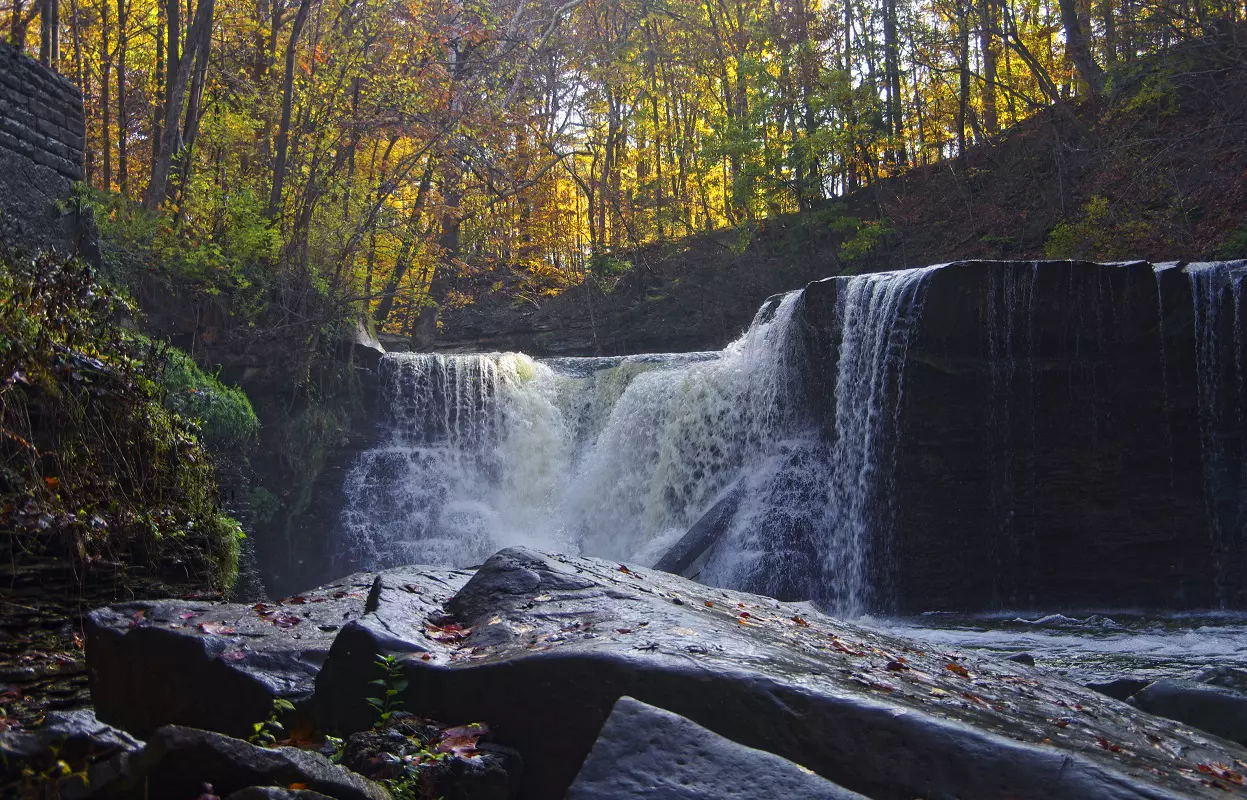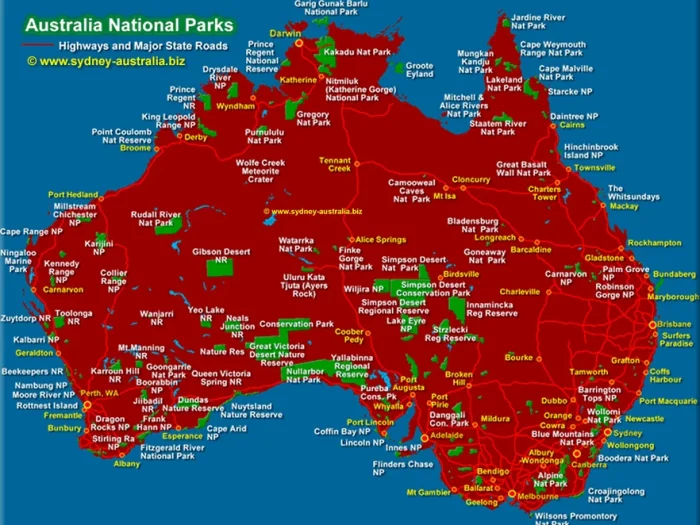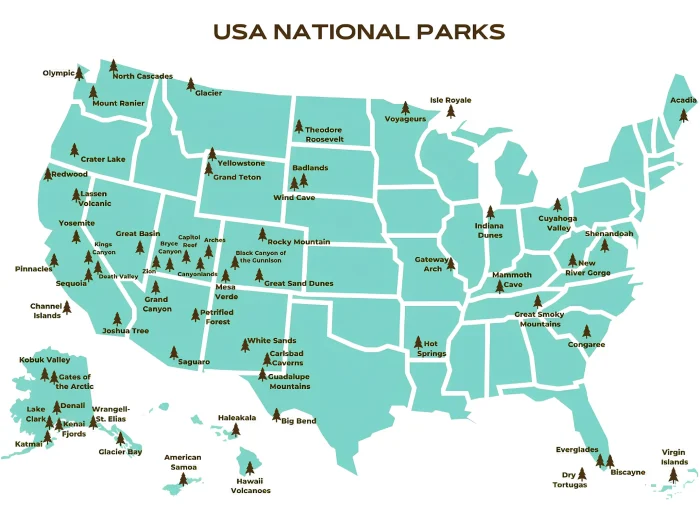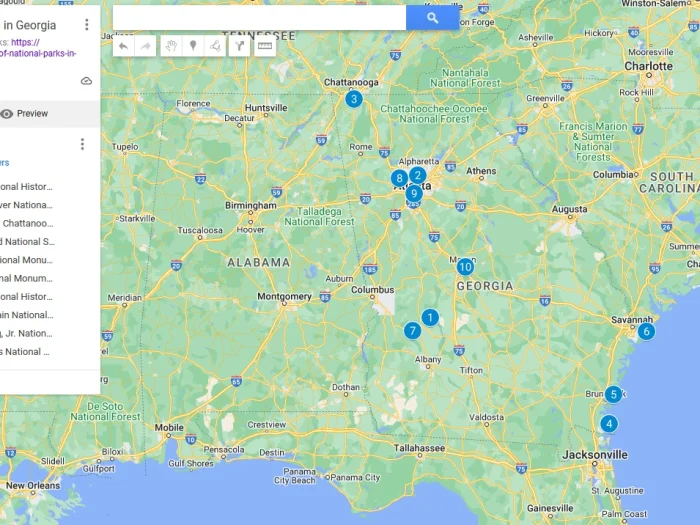Cuyahoga Valley National Park History
Cuyahoga Valley National Park, located between Cleveland and Akron in Ohio, is a stunning natural refuge rich in both history and beauty. Its story is one of transformation — from industrial impacts and farmland to a protected green space that millions of people enjoy today. Let’s take a journey through the history of this remarkable park.

Early Inhabitants and Settlers
Long before European settlers arrived, the Cuyahoga Valley was home to Native American tribes, including the Lenape (Delaware) and other groups who lived along the Cuyahoga River. The river — whose name means “crooked” in the Mohawk language — served as a vital resource for food, transportation, and trade.
By the late 18th and early 19th centuries, European settlers began moving into the area. Farming communities sprang up, and the landscape was gradually transformed with fields, mills, and small towns. The construction of the Ohio & Erie Canal in the 1820s turned the valley into a bustling corridor of commerce, linking the Ohio River to Lake Erie and helping Ohio’s economy flourish.
Industrialization and Environmental Challenges
With the rise of the Industrial Revolution, nearby cities like Cleveland and Akron grew rapidly. However, industrialization took a heavy toll on the environment. By the mid-20th century, the Cuyahoga River had become severely polluted — so much so that it famously caught fire in 1969. Although this wasn’t the first time the river burned, the 1969 fire caught national attention and became a symbol of the urgent need for environmental reform.
This public outcry helped spark the modern environmental movement and led to the creation of landmark legislation like the Clean Water Act and the founding of the Environmental Protection Agency (EPA).
The Push for Preservation
As concerns about pollution and urban sprawl grew, local citizens, politicians, and conservationists pushed for the protection of the Cuyahoga Valley. Their efforts were successful: on December 27, 1974, President Gerald Ford signed a bill creating the Cuyahoga Valley National Recreation Area. The designation aimed to preserve the valley’s natural beauty while also allowing for recreational activities near urban centers.
During the following decades, the National Park Service worked to acquire land, clean up pollution, and restore natural habitats. They also preserved historic farms, canal structures, and scenic sites throughout the valley.
Becoming a National Park
After years of stewardship and rehabilitation, the area’s value as a cultural and natural treasure was undeniable. On October 11, 2000, Cuyahoga Valley was redesignated as a national park — officially becoming Cuyahoga Valley National Park.
This change recognized not only the valley’s environmental recovery but also its historical and recreational significance. It became Ohio’s only national park and one of the few in the country located so close to major metropolitan areas.
Cuyahoga Valley National Park Timeline
| Year | Milestone |
|---|---|
| Pre-1700s | Native American tribes including the Erie, Wyandot, Ottawa, and Seneca inhabit the Cuyahoga Valley region |
| 1796 | Moses Cleaveland establishes the city of Cleveland at the mouth of the Cuyahoga River |
| 1825-1832 | Ohio & Erie Canal constructed through the valley, connecting Lake Erie to the Ohio River |
| 1870s | Valley becomes industrialized with mills, factories, and quarries |
| 1880s-1900s | Area becomes popular for recreation with establishments of parks and vacation homes |
| 1929 | Hayward Kendall donates land to the state of Ohio to create Virginia Kendall Park |
| 1930s | Civilian Conservation Corps works on recreational facilities in the valley |
| 1960s | Environmental concerns grow after multiple Cuyahoga River fires, notably the 1969 fire |
| 1969 | Congressman John F. Seiberling begins preservation efforts for the valley |
| 1974 | President Gerald Ford signs legislation establishing Cuyahoga Valley National Recreation Area |
| 1985 | Ohio & Erie Canal declared a National Historic Landmark |
| 1988 | Ohio & Erie Canal Association formed to develop the Towpath Trail |
| 1996 | Ohio & Erie Canalway designated as a National Heritage Corridor |
| 2000 | Area redesignated as Cuyahoga Valley National Park by Congress |
| 2004 | Countryside Initiative established to restore historic farms in the park |
| 2011 | Boston Store Visitor Center reopened after extensive renovations |
| 2015 | Park celebrates 15th anniversary as a National Park |
| 2020 | Park celebrates 20th anniversary as a National Park |
Cuyahoga Valley Today
Today, Cuyahoga Valley National Park spans over 33,000 acres and offers a diverse range of experiences. Visitors can hike along more than 125 miles of trails, bike the historic Towpath Trail, explore waterfalls like Brandywine Falls, and visit historic villages like Peninsula.
The park also celebrates its agricultural heritage with preserved farms, and the Cuyahoga Valley Scenic Railroad offers a unique way to experience the landscape.
Cuyahoga Valley stands as a powerful example of nature’s resilience — and a testament to what can happen when communities come together to protect the environment.




